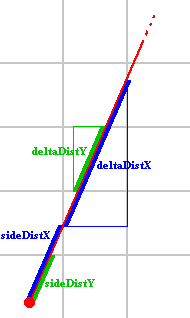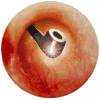


Aquanaut Article Talk Language Download PDF Watch Edit For other uses, see Aquanaut (disambiguation). An aquanaut is any person who remains underwater, breathing at the ambient pressure for long enough for the concentration of the inert components of the breathing gas dissolved in the body tissues to reach equilibrium, in a state known as saturation. Usually this is done in an underwater habitat on the seafloor for a period equal to or greater than 24 continuous hours without returning to the surface. The term is often restricted to scientists and academics, though there were a group of military aquanauts during the SEALAB program. Commercial divers in similar circumstances are referred to as saturation divers. An aquanaut is distinct from a submariner, in that a submariner is confined to a moving underwater vehicle such as a submarine that holds the water pressure out. Aquanaut derives from the Latin word aqua ("water") plus the Greek nautes ("sailor"), by analogy to the similar construction "astronaut".





DNSCrypt Article Talk Language Download PDF Watch Edit DNSCrypt is a network protocol that authenticates and encrypts Domain Name System (DNS) traffic between the user's computer and recursive name servers. DNSCrypt wraps unmodified DNS traffic between a client and a DNS resolver in a cryptographic construction, preventing eavesdropping and forgery by a man-in-the-middle.[1] It also mitigates UDP-based amplification attacks by requiring a question to be at least as large as the corresponding response. Thus, DNSCrypt helps to prevent DNS amplification attacks.[2]: §9 DNSCrypt was originally designed by Frank Denis and Yecheng Fu. Multiple free and open source software implementations exist. It is available for a variety of operating systems, including Unix, Apple iOS, Linux, Android, and Microsoft Windows.[3] The free and open source software implementation dnscrypt-proxy[4] additionally integrates ODoH.[5]

Melitara junctolineella Article Talk Language Download PDF Watch Edit Melitara junctolineella is a species of snout moth in the genus Melitara. It was described by George Duryea Hulst in 1900. It is found in southern Texas (from Brownsville to Presidio) and Mexico (along the coastal plain south from Texas to Tampico). The species has been introduced in Australia as a biological control agent of Opuntia stricta.